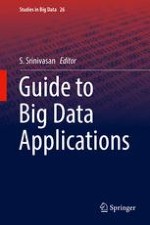2018 | OriginalPaper | Buchkapitel
4. Word Embedding for Understanding Natural Language: A Survey
verfasst von : Yang Li, Tao Yang
Erschienen in: Guide to Big Data Applications
Aktivieren Sie unsere intelligente Suche, um passende Fachinhalte oder Patente zu finden.
Wählen Sie Textabschnitte aus um mit Künstlicher Intelligenz passenden Patente zu finden. powered by
Markieren Sie Textabschnitte, um KI-gestützt weitere passende Inhalte zu finden. powered by
